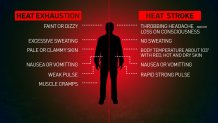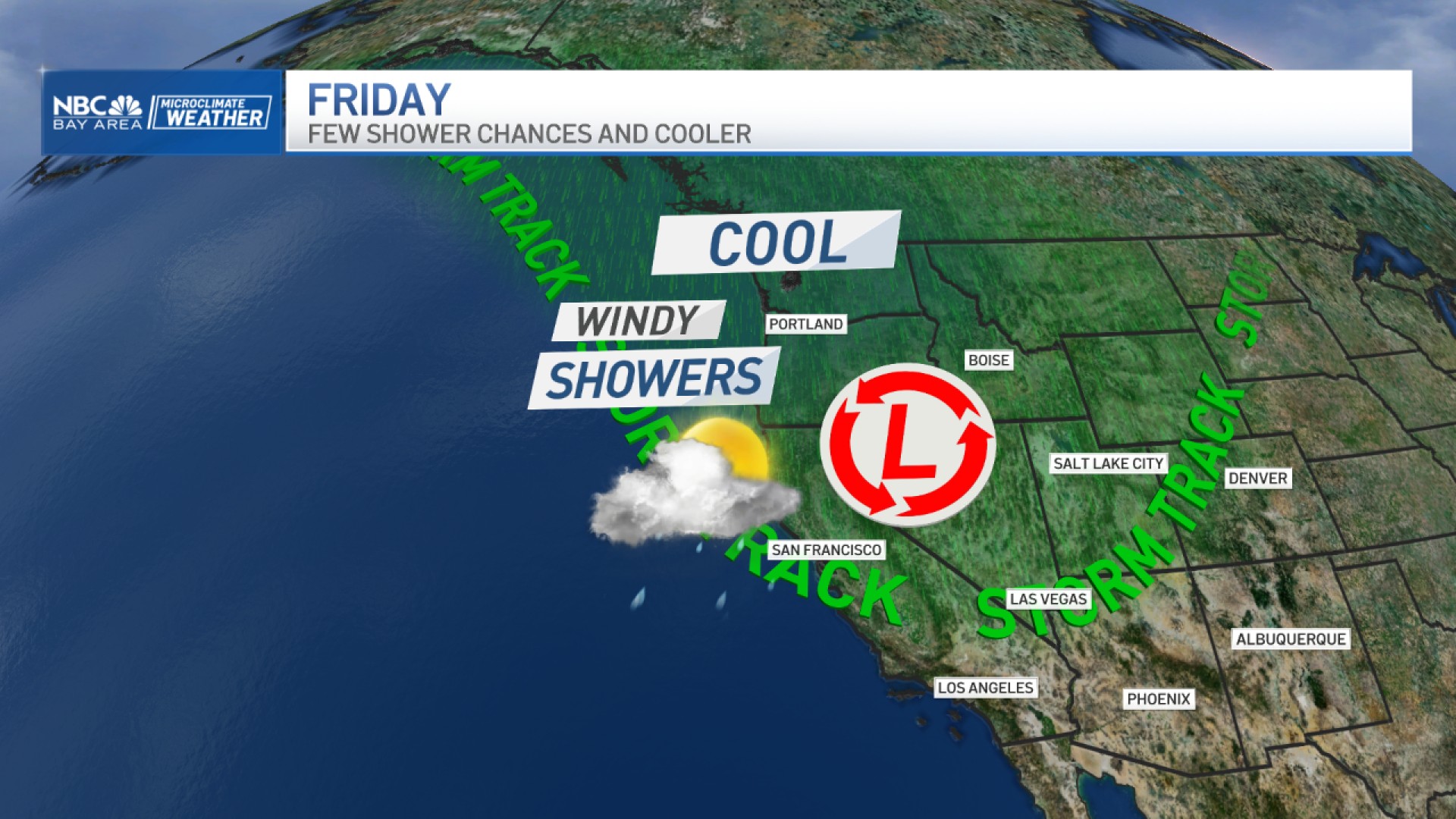The unofficial end of summer is upon us, but some of the hottest temperatures of the year are slated to bake the Bay Area through Labor Day weekend.
The National Weather Service has issued a heat advisory for locations near the water and an excessive heat warning for inland areas. Temperatures in several locations, especially those in the inland valleys, are slated to soar above 100 degrees during the late-summer heat wave.
Be sure to visit the NBC Bay Area weather page to get your microclimate forecast and the latest weather updates.
Get a weekly recap of the latest San Francisco Bay Area housing news. Sign up for NBC Bay Area’s Housing Deconstructed newsletter.
When is the heat advisory and the excessive heat warning in effect?
As of Thursday, the National Weather Service said both the heat advisory and the excessive heat warning will be in effect through Wednesday evening.
What areas will be under a heat advisory?
- San Francisco Bay shoreline
What areas will be under an excessive heat warning?
- Santa Clara Valley, including San Jose
- East Bay interior valleys
- North Bay interior valleys
- Carquinez Strait and Delta
How hot will it be in the Bay Area?
The National Weather Service said high temperatures could range anywhere from near 90 degrees to 115 degrees, with inland locations facing the hottest temperatures.
Why are Flex Alerts issued?
Calls for voluntary conservation, known as Flex Alerts, urge consumers to reduce use of electricity from 4 to 9 p.m., when there is the most stress on the grid and solar energy production is declining.
The California Independent System Operator said in a statement that it was taking measures to bring all available energy resources online, including issuing an order restricting maintenance from noon to 10 p.m. daily through Sept. 6.
A Flex Alert will be in effect from 4 to 10 p.m. Monday, marking the sixth consecutive Flex Alert day.
Is there a Spare the Air Alert in effect?
A Spare the Air Alert has been issued for Monday. The public is asked to limit driving to reduce the amount of harmful smog in the air.
What does a state of emergency do?
The heat wave forced Gov. Gavin Newsom to declare a state of emergency, which he said would temporarily increase energy production and reduce demand. It is all part of trying to ease the strain on the grid.
Heat safety tips
The expected high temperatures increase the chances of heat related illnesses.
Here are some tips to avoid heat-related health problems.
- If available, stay in an air-conditioned area during the hottest hours of the day.
- Wear light, loose-fitting clothing.
- Drink plenty of water (avoid alcohol and sugary drinks) and don't wait until you are thirsty.
- Take cool showers.
- Never leave a child, elderly person, or pet unattended in a car.
- Keep pets cool in hot weather.
- Avoid unnecessary hard work or activities outside during the hottest part of the day.
- Avoid unnecessary sun exposure and wear a wide-brim hat if you need to be in the sun.
- Avoid using the oven to cook.
How to identify heat exhaustion and heat stroke
An extremely high body temperature (103 or higher), dizziness, nausea, confusion, and headache are signs of heat stroke or exhaustion. If someone shows these signs, call 911 and begin cooling the individual. Here’s how.
- Moving them to a shaded area.
- Spraying with cool water and fanning them.
- Placing them in a cool shower if they are alert.
- Monitoring the body temperature and continue cooling efforts.
- Do not give the victim fluids to drink.

People age 65 and older, infants and children, and people with chronic medical conditions are more prone to heat stress. People with elderly neighbors should check in on their well-being.
For more heat safety tips visit ready.gov.



